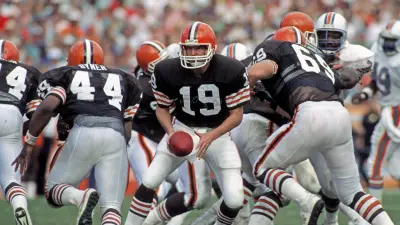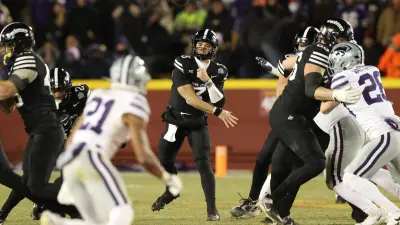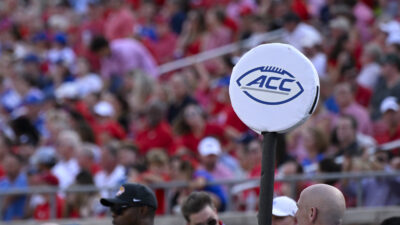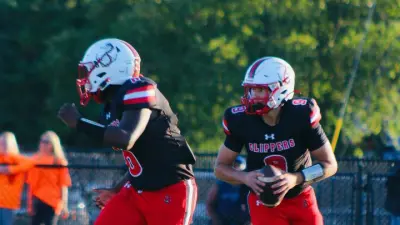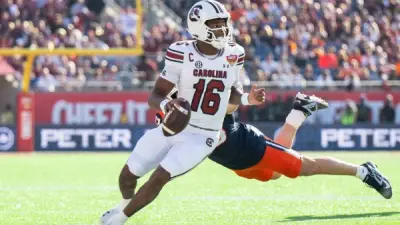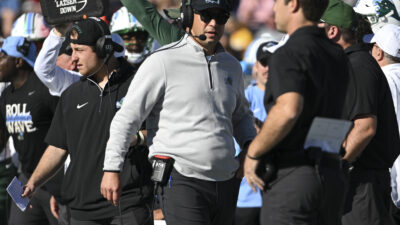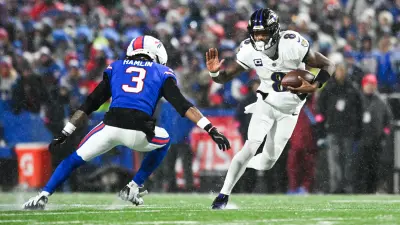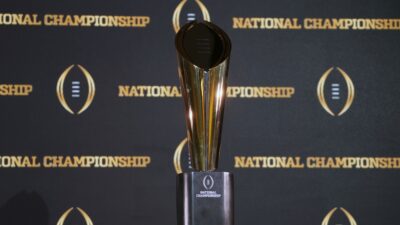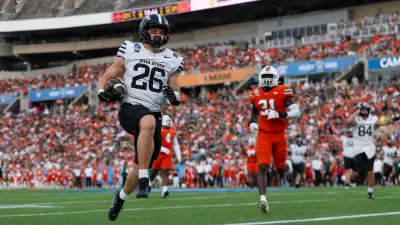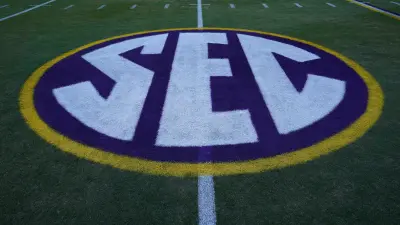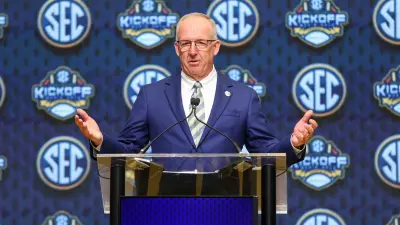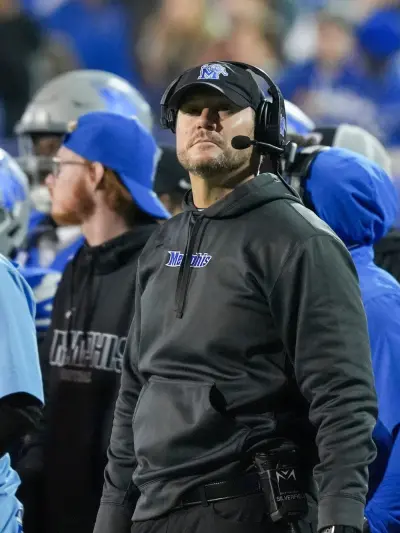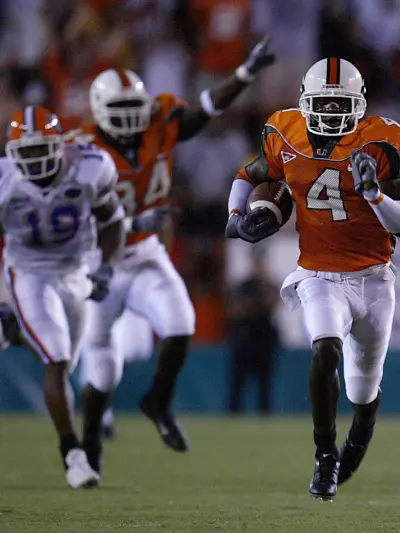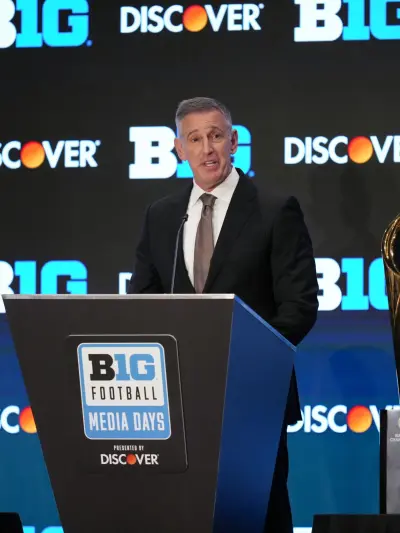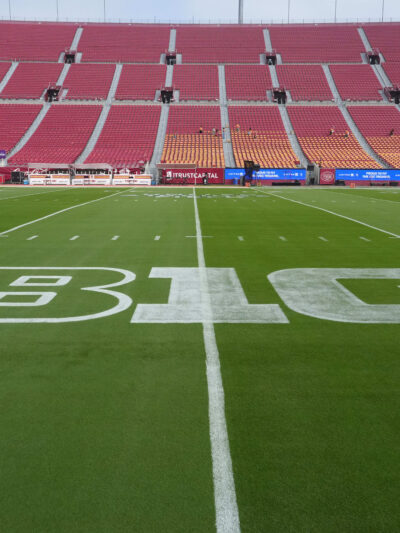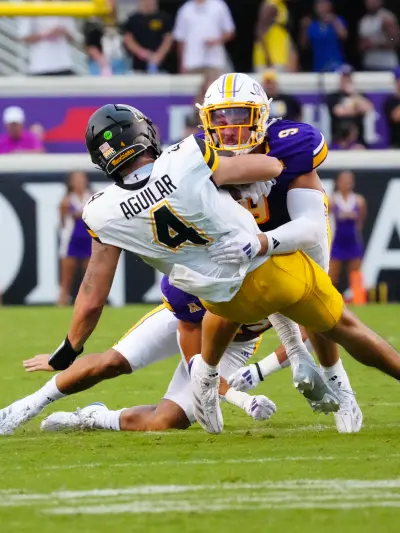The makeup of NFL success is not one uniformly shared. While certain franchises have grown into cornerstones of the league, many others have collapsed under financial strain, poor management, or lackluster on-field performance.
Understanding why some NFL teams failed illuminates not only business failures in a competitive sports industry but also larger systemic trends across the league. From financial instability to prolonged periods of poor performance, failed NFL franchises provide an essential lens through which broader lessons about sustainability and risk in professional sports can be drawn.
Financial Failures and Mismanagement
Financial missteps have been a primary reason for the collapse of NFL franchises. The Dallas Texans of 1952 serve as a key example of this financial instability. Operating for only one season, they quickly folded under financial pressure. The Texans failed to attract enough fan interest, demonstrated by their inability to sell the required 25,000 tickets necessary to break even. Ultimately, their financial failures led to a shutdown mid-season, resulting in investor losses totaling $250,000, a sum equivalent to over $3 million today. Poorly managed investments and operational decisions contributed heavily to their rapid demise. Similarly, the Boston Yanks, who played from 1944 to 1948, could not sustain their early success. Despite initially drawing large crowds, with nearly 50,000 fans attending games, a decline in performance caused fan interest to wane. By 1948, financial issues and decreasing ticket sales forced the Yanks out of contention, further underscoring the volatile nature of running an NFL franchise.
The rapid folding of the Chicago Tigers after just one season in 1920 represents one of the earliest instances of a financial collapse within the NFL. The Columbus Panhandles, despite being associated with notable figure Joe Carr (a future NFL commissioner), also couldn’t avoid financial difficulties that led to their abrupt cessation of operations in 1922. These early examples demonstrate that financial stability has long been a key requirement for not just progression but survival in the NFL.
The Role of Performance and Instability
Another glaring factor in the failure of certain NFL teams lies in consistent poor performance, compounded by front-office instability and ineffective roster building. One clear example is the Arizona Cardinals, a team that, despite now being well established, has an infamous history littered with on-field struggles. Between 1942 and 1945, the Cardinals endured a record-breaking 29-game losing streak. Due to player shortages during World War II, they temporarily merged with the Pittsburgh Steelers—a union that created the dismal “Card-Pitt” team, which was often highlighted as one of the league’s least effective teams. The franchise’s record continued to stagnate even after the merger, setting them up for a years-long reputation as bottom-dwellers in the league.
More Sports News
Adding to their woes, Arizona also holds the longest championship drought, having last won in 1947. These early weaknesses have had a lasting effect, limiting their competitive potential even in subsequent years.
The Cleveland Browns share a similar narrative of long-standing struggles. Despite winning multiple championships in the pre-Super Bowl era, the team has frequently been plagued by poor performance in the modern era, including an infamous 0-16 season in 2017. Equally, the Browns have been marked by a remarkable lack of continuity at key leadership positions, cycling through over 30 quarterbacks and replacing head coaches at nearly a biennial rate since 1999. This level of instability, especially at critical positions, severely hindered their ability to build a winning team, and their on-field misfortunes subsequently contributed to repeated failures.
The Detroit Lions, another franchise with a history of inefficiency, solidified their place in NFL history with a winless 2008 season—a feat only matched by the Browns. A combination of injuries, poor drafting decisions, and questionable executive leadership complicated the Lions’ attempts to be competitive. Between 2001 and 2008, the team logged one of the worst records over a seven-year period (31 wins versus 81 losses), serving as an indictment against their scouting and player development operations. Performance on the field, it appears, often mirrors effective management decisions off the field.
Economic Impact of Team Failures on Sports Betting
Financial difficulties of NFL franchises can produce ripple effects, impacting various sectors, including sports betting. The Dallas Texans of 1952 exemplify how failed investments can underscore the high-risk nature of engaging in NFL team ownership. Such struggles not only highlight financial volatility but also affect betting patterns by shifting perceptions of team reliability. When teams fail or struggle notably, as seen with the Texans or the Boston Yanks, the expectations set by historical context serve to inform the betting odds. While past performance plays a role, the potential for financial instability often influences betting decisions, leading bettors to seek stable teams with consistent past performances.
Betting on NFL games entails assessing multiple variables. For example, when the Arizona Cardinals set records for losing streaks and the Cleveland Browns went winless in a season, the public perception and expectations for future success were diminished. This aspect is reflected in betting platforms such as NFL betting sites where odds might be adjusted based on historical performance and team prospects. While a team’s poor past can lead to unfavorable betting odds, informed bettors may find value in such situations by identifying potential underdog victories. Thus, the financial woes and sporting failures intertwined with these franchises offer important insights into strategies for betting within the NFL.
Short-Lived Ventures Through Mismanagement
While financial troubles and poor performance often make headlines, some teams failed simply through ineffective leadership decisions. Consider the Houston Texans’ ill-fated decision to draft David Carr as the first overall pick in 2002. Regarded as a highly anticipated franchise quarterback, Carr struggled tremendously during his tenure. Leading the team to no winning seasons, alongside accumulating 53 losses in his five-year stint, Carr’s poor production epitomized how vital drafting decisions can shape a franchise’s trajectory. This disastrous decision reflected a failure within the Texans’ personnel department to accurately assess talent potential, an issue mirrored across many struggling franchises.
Another example of ineptitude occurred with the Tampa Bay Buccaneers, whose debut in 1976 set the precedent for one of the worst starts for any NFL expansion team in history. Logging an 0-14 season, their introduction to the league spelled more than historical failure; it would become an enduring mark of how expansion, if poorly staffed and planned, can turn into a calamitous venture. Within a broader scope, expansion teams offer valuable case studies in how management decisions dictate long-term success or immediate decline.
Yet, the depletion of talent can also hinder promising franchises. Teams like the Minneapolis Marines, who flirted with intermittent success between 1921 and 1930, ultimately dissolved largely due to roster attrition and a lack of adequate replacements, signaling the importance of player development and scouting departments in ensuring longevity in high-level sports.
Gambling and Structural Consequences
Underneath these collapses and struggles lies the reality of how gambling markets respond to worsening team performance. When teams like the Detroit Lions suffer poor seasons—exacerbated with financial woes or operational dysfunction—it often reshuffles how these teams are perceived by betting houses and fans alike. Teams plagued by ineptitude both on and off the field often present not only poor sporting records but an extended reflection of investment risks tied directly to team performance.
Teams with consistent poor results, such as the Browns and Lions, have historically been less favorable in betting contexts. Still, this underperformance, when combined with failing financial backdrops, influences larger patterns that shape both the league’s operational outlook and external perceptions.
